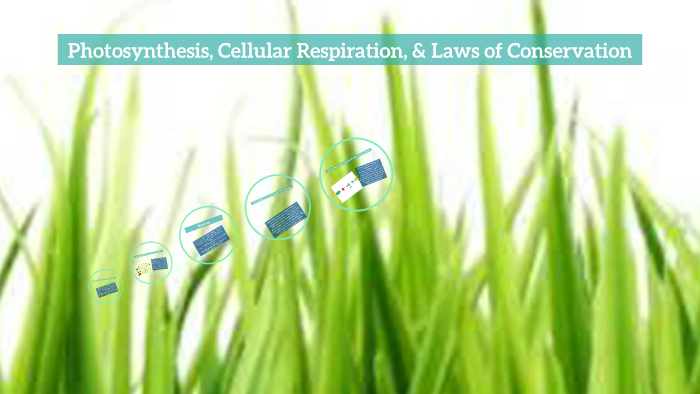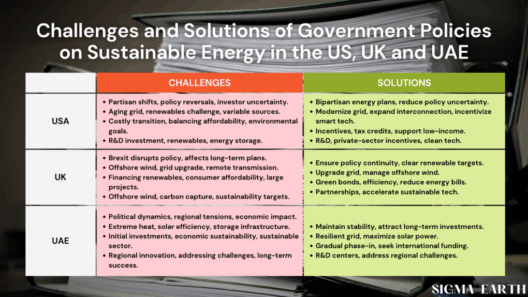Photosynthesis is an intricate biochemical process that lays the foundation for life on Earth. In its essence, it allows plants, algae, and some bacteria to convert sunlight into chemical energy, thereby nourishing themselves and sustaining the ecosystems that depend on them. One of the pivotal questions surrounding this phenomenon is whether photosynthesis aligns with the Law of Conservation of Energy, a principle that asserts energy cannot be created or destroyed, but only transformed from one form to another.
The Law of Conservation of Energy is fundamental to understanding both biological and physical processes. In the context of photosynthesis, this law dictates that the energy harvested from sunlight must be transformed into a usable form for organisms that cannot synthesize their own food. This transformation occurs predominantly in the chloroplasts of plant cells, where chlorophyll absorbs sunlight and initiates a series of reactions known as the light-dependent and light-independent reactions.
The light-dependent reactions commence when photons strike chlorophyll molecules, exciting electrons and initiating their transfer through a series of proteins embedded in the thylakoid membrane. This energetic process is crucial as it leads to the synthesis of adenosine triphosphate (ATP) and nicotinamide adenine dinucleotide phosphate (NADPH)—the primary energy carriers in the cell. Here, we witness a crucial transformation: solar energy is converted into chemical energy. The byproducts of this process include oxygen, which is released into the atmosphere and is vital for aerobic organisms.
Following the light-dependent reactions, the ATP and NADPH generated fuel the light-independent reactions, commonly referred to as the Calvin cycle. This cycle is remarkable for its ability to convert carbon dioxide from the atmosphere into glucose through a series of enzymatic reactions. This conversion illustrates the fundamental nature of energy transformations: light energy is captured and stored in a stable form that organisms can utilize, reinforcing the principles established by the Law of Conservation of Energy. The glucose produced not only serves as energy for the plant but also acts as a carbon source for a multitude of organisms that engage in cellular respiration, thereby feeding entire food webs.
Another essential aspect of photosynthesis to consider is its role in the broader context of carbon cycling and climate regulation. As plants absorb carbon dioxide—one of the prominent greenhouse gases—they mitigate the effects of climate change by sequestering carbon. This process demonstrates an energy transformation that promotes not just life at the primary production level but also contributes to the stability of ecosystems and the planet’s climate. In this sense, photosynthesis is a balancing act of energy conversion and carbon management, exemplifying the intricate interplay between biological processes and environmental stewardship.
However, photosynthesis is not without its limitations. Environmental conditions profoundly influence the efficiency of this process. Factors such as light intensity, water availability, and atmospheric carbon dioxide concentrations can enhance or inhibit photosynthetic efficacy. For instance, during periods of drought, plants often close their stomata to minimize water loss, inadvertently reducing carbon dioxide uptake. Consequently, this response affects both energy capture and carbon cycling, illustrating the complex relationship between energy conservation and environmental conditions. The effectiveness of photosynthesis under varying climatic conditions also raises questions regarding the resilience of plant species in the face of global climate change.
Moreover, advancements in agricultural practices and biotechnology are increasingly focused on enhancing photosynthetic efficiency. Scientists are exploring ways to optimize the factors influencing photosynthesis to improve crop yields, reduce resource input, and consequently foster sustainable agricultural systems. The manipulation of crop genomes to favor traits that promote increased photosynthetic activity is a burgeoning field of study. Such advancements highlight the potential to align agricultural practices with the principles of energy conservation while addressing pressing issues like food security and ecological impact.
In understanding the relationship between photosynthesis and the Law of Conservation of Energy, it is essential to acknowledge the broader implications on biodiversity and ecosystem dynamics. When energy captured through photosynthesis flows through food webs, it sustains herbivores, predators, and decomposers, creating a tapestry of interactions that maintain ecological harmony. Disturbances in this energy flow, often due to human activities such as deforestation or pollution, can disrupt these relationships, leading to biodiversity loss and habitat degradation.
In conclusion, photosynthesis undoubtedly follows the Law of Conservation of Energy by transforming solar energy into chemical energy stored in organic compounds. This remarkable process exemplifies the seamless transitions between various energy forms, maintaining life on Earth and securing ecological balance. Nonetheless, it is imperative to recognize the systemic challenges posed by climate change and anthropogenic impacts on this essential process. By fostering an understanding of how photosynthesis operates within the framework of energy conservation, individuals and communities can advocate more effectively for environmental sustainability and the preservation of our planet’s delicate ecosystems. The journey toward a healthier planet necessitates a comprehensive understanding of these intertwining processes, ultimately illuminating pathways toward responsible and sustainable stewardship of natural resources.








